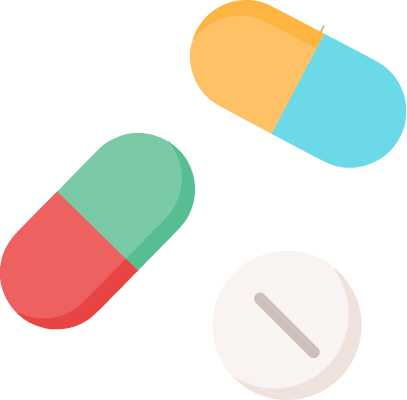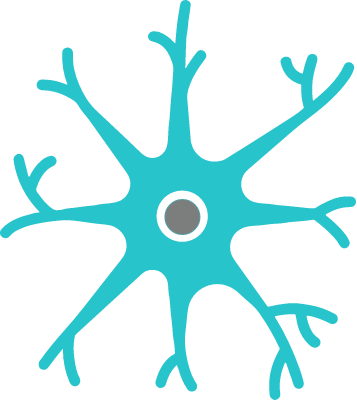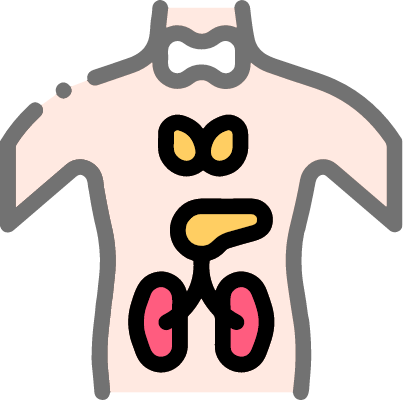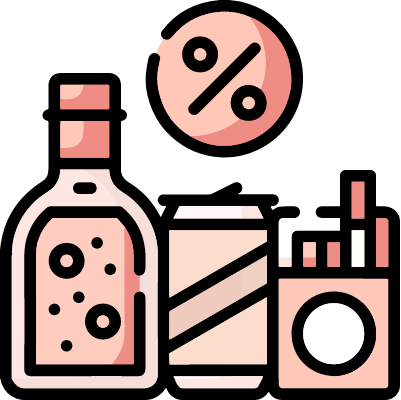The Hard Facts About
Erectile Dysfunction
Take the time to educate yourself about erectile dysfunction (ED). Understanding it better will help you realize that there’s nothing to be ashamed of.

WHAT IS ERECTILE DYSFUNCTION?
Erectile dysfunction (ED), also known as impotence, is a condition characterized by the inability to achieve or maintain an erection sufficient for satisfactory sexual performance.
The process of getting an erection involves a series of events, including arousal, the release of neurotransmitters, and the relaxation of penile muscles, allowing increased blood flow. In ED, this process is disrupted, leading to difficulties in achieving or sustaining an erection.
HOW COMMON IS ED?
Up north in Canada, it’s like a silent issue that more guys face than you might think. It’s not just your neighbor; it could be the guy at the Tim Hortons lineup too.
40 years
An estimated 3 million Canadian men over 40 are affected by ED.
40%
At age 40, around 40% of men face challenges with erections.


70 years
ED prevalence rises from 5% at age 40 to 15% at age 70 in men
70%
At age 70, around 70% of men face challenges with erections.
Studies on erectile dysfunction indicate that roughly 5% to 20% of men experience moderate to severe ED.
The Causes
Various factors, such as vascular issues, hormonal imbalances, and psychological factors like stress or anxiety, can contribute to ED. It’s essential to understand that ED is a complex condition influenced by both physical and psychological elements.

VASCULAR
Vascular causes are a significant factor in erectile dysfunction (ED), impacting a substantial number of cases. ED linked to vascular issues often involves problems with blood flow to the penis.
Conditions like atherosclerosis, where arteries become clogged with fatty deposits, can restrict blood flow and hinder the ability to achieve and maintain an erection.
DIABETES
Diabetes is a major factor in erectile dysfunction (ED), impacting nerves and blood vessels crucial for the erectile process.
High blood sugar levels can damage nerves, disrupting signals between the brain and the penis.


MEDICATIONS
Certain medications, especially those prescribed for conditions like hypertension, depression, or anxiety, can contribute to or worsen erectile dysfunction (ED) by causing side effects that affect the ability to achieve or maintain an erection.
For example, antihypertensive drugs may interfere with blood flow, and certain antidepressants can impact neurotransmitters involved in the erectile process.
SURGERY
Certain surgeries, especially those involving the pelvic area like those for prostate cancer, can contribute to or worsen erectile dysfunction (ED) by inadvertently damaging nerves and blood vessels essential for normal erectile function.
The trauma from surgery can disrupt the delicate balance needed for achieving and maintaining an erection.

Although you are more likely to develop ED as you age, aging does not cause ED. ED can be treated at any age.

NEUROLOGICAL
Neurological causes significantly contribute to erectile dysfunction (ED), impacting the complex network of nerves involved in sexual response.
Conditions like multiple sclerosis, Parkinson’s disease, or spinal cord injuries can disrupt signals between the brain and the penis, affecting the coordination needed for a healthy erection.
PSYCHOLOGICAL
Psychological factors play a crucial role in erectile dysfunction (ED), showcasing the link between mental health and sexual function. Stress, anxiety, depression, and relationship issues can disrupt the intricate processes needed for a satisfactory erection.
For instance, stress releases hormones that affect blood flow, contributing to difficulties in achieving or maintaining an erection.


ENDOCRINE
Endocrine causes significantly contribute to erectile dysfunction (ED), emphasizing the connection between hormonal balance and sexual function.
Conditions like low testosterone levels, often associated with aging, can reduce libido and impact the ability to achieve or maintain an erection.
Conditions like low testosterone levels, often associated with aging, can reduce libido and impact the ability to achieve or maintain an erection.
OTHERS
Various factors beyond the common categories contribute to erectile dysfunction (ED). Lifestyle choices like excessive alcohol or tobacco use can impact vascular health, hindering blood flow and causing erection difficulties.
Obesity, chronic conditions like kidney or liver disease, and psychosocial factors such as relationship issues or lack of sexual education also play a role.

SYMPTOMS & SIGNS

SOMETIMES
Sometimes you can get an erection, but not every time you want to have sex.

NOT ABLE TO MAINTAIN
Being able to get an erection but it doesn’t last long enough for sex.

NEVER
Not being able to achieve an erection at any time.
International Index of Erectile Function 5 Calculator

The abridged five-item version of the International Index of Erectile Function (IIEF) can be utilized as part of the evaluation of erectile dysfunction.
These questions are about how your erection problems have affected your sex life in the past six months. Please answer them honestly and clearly.